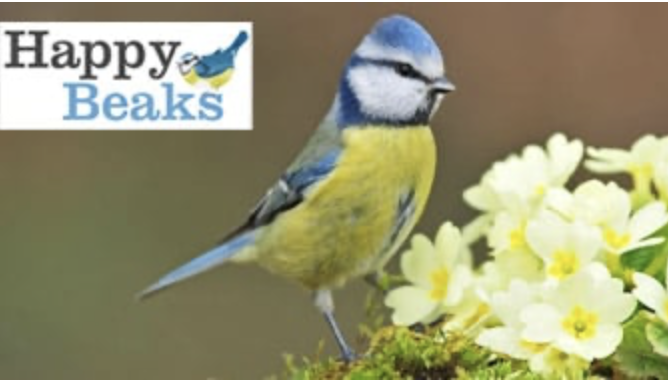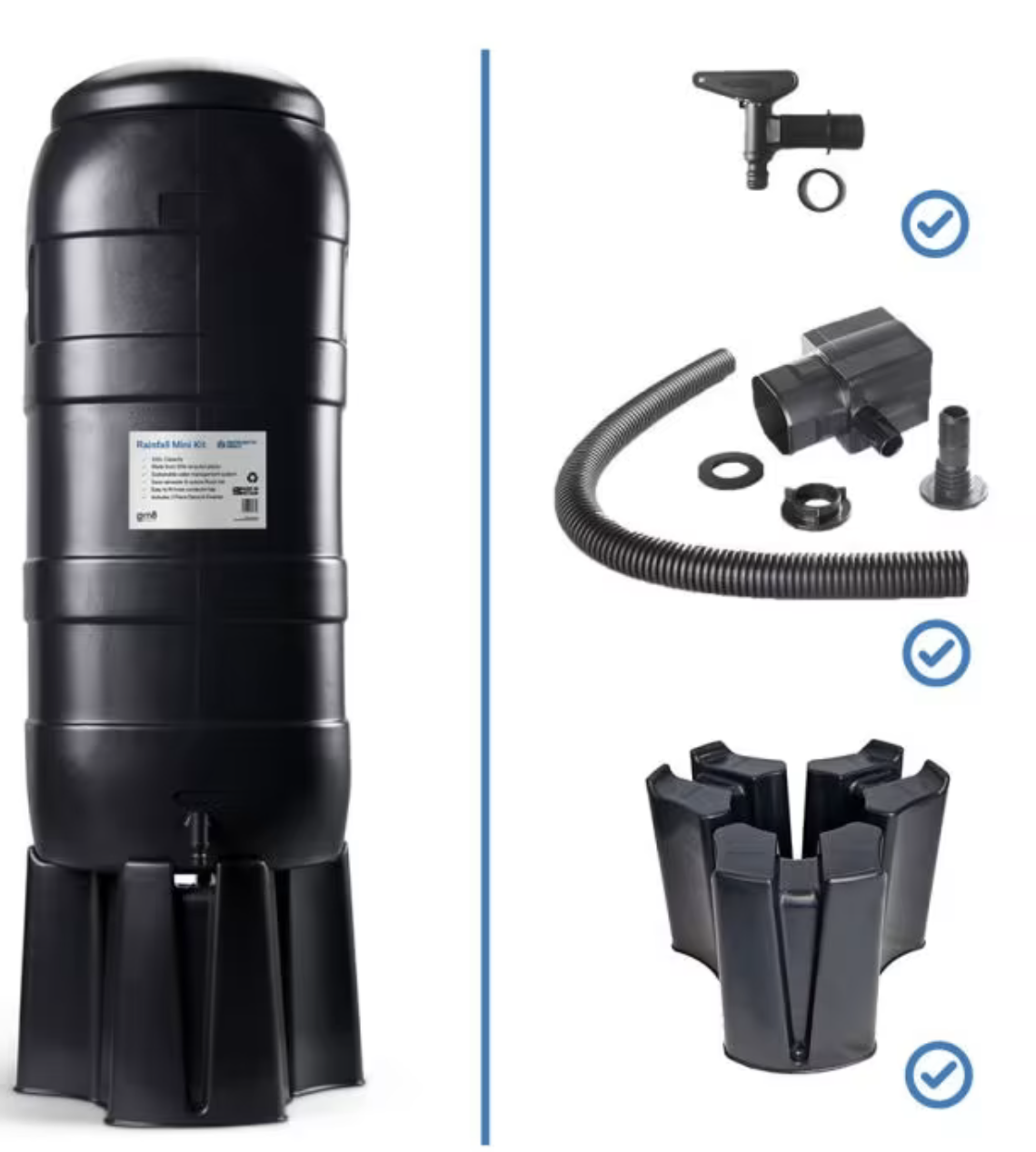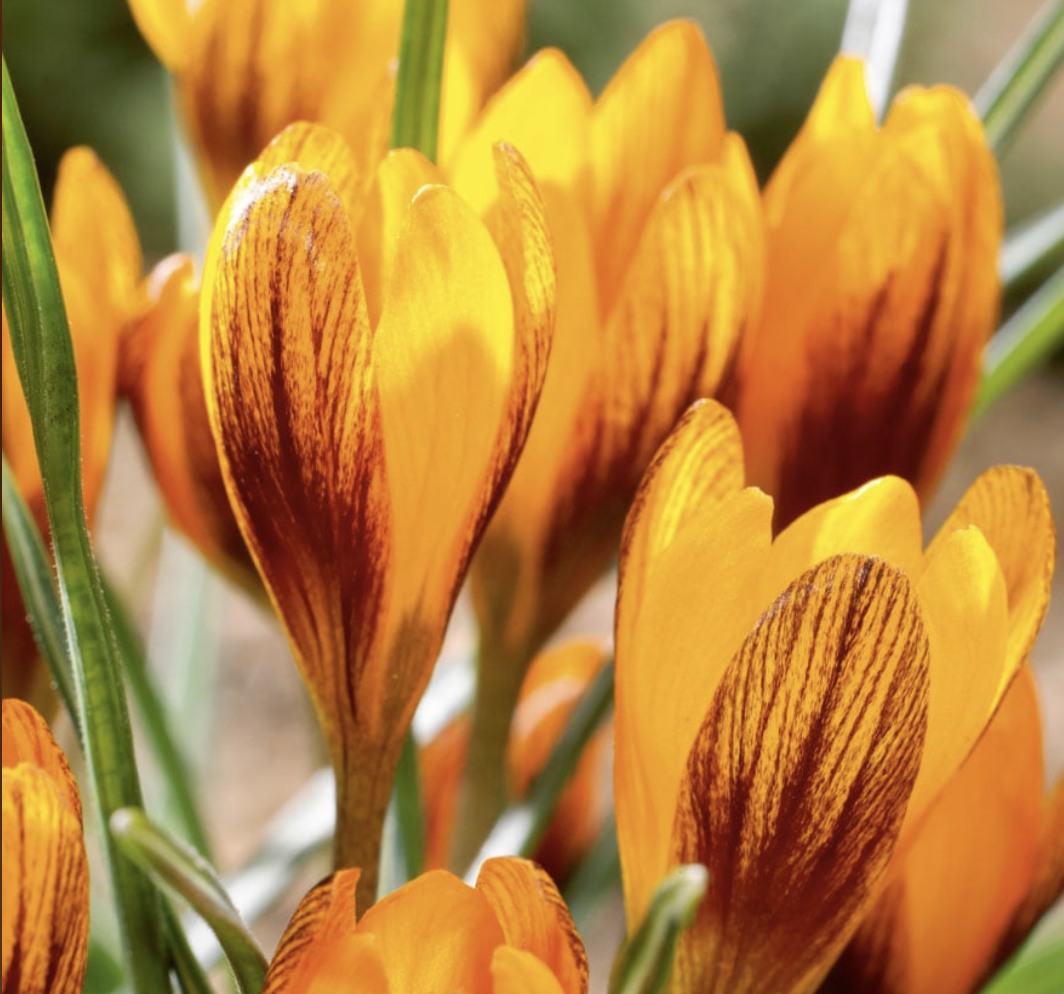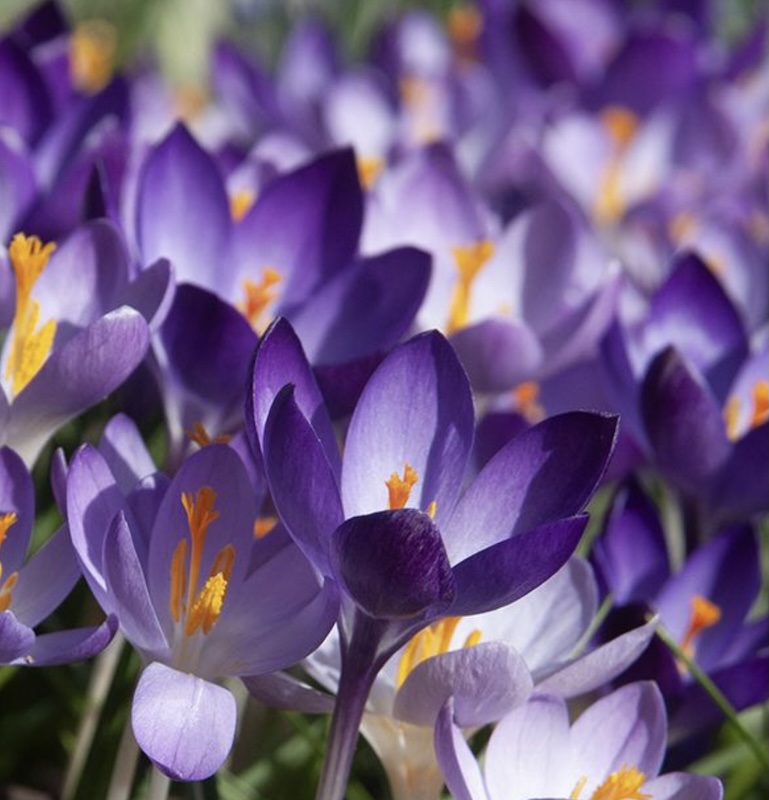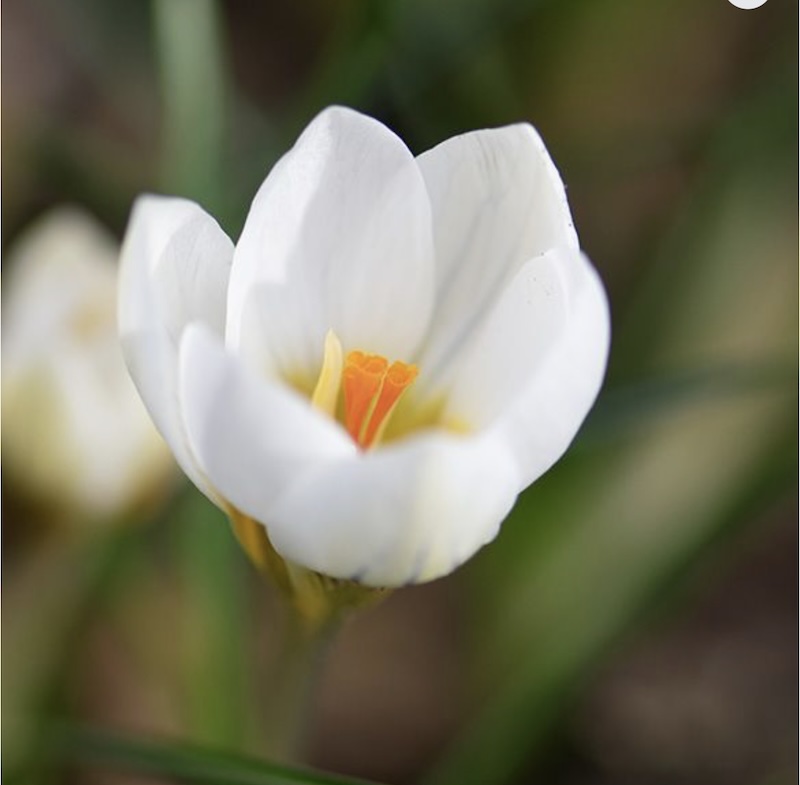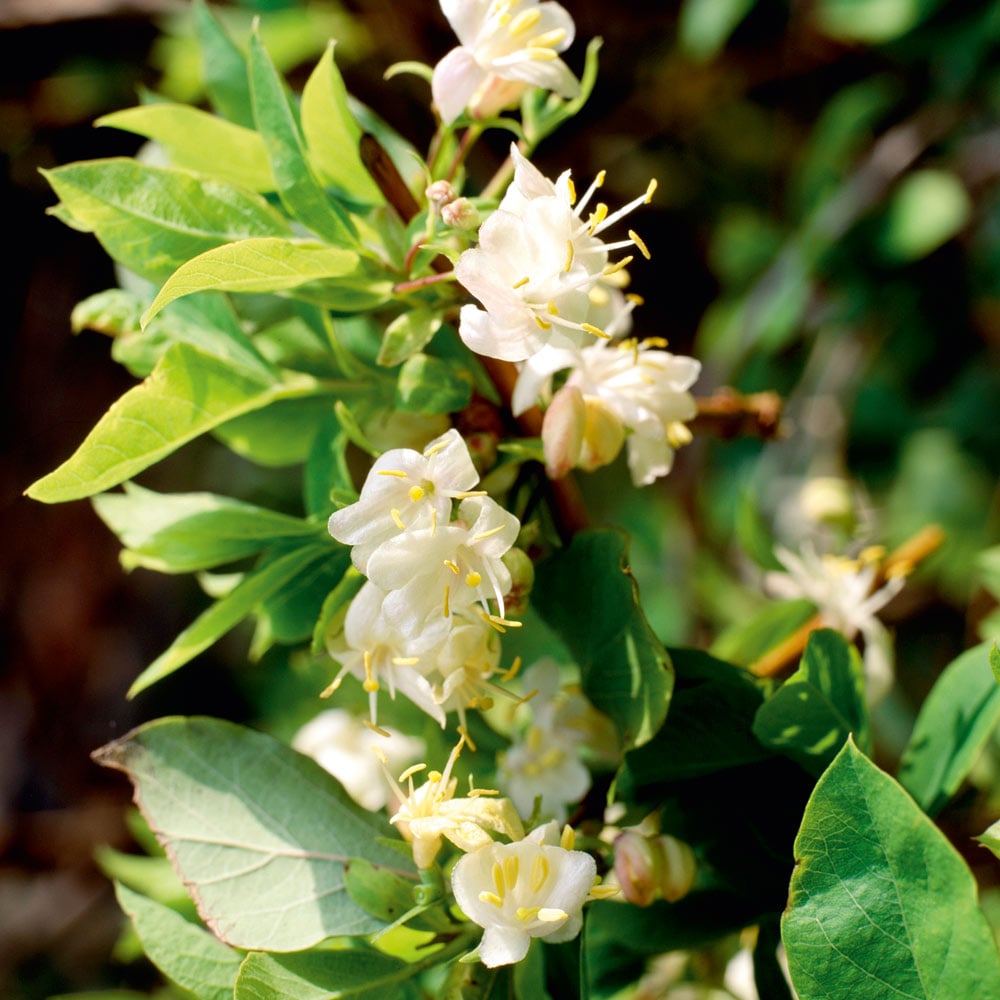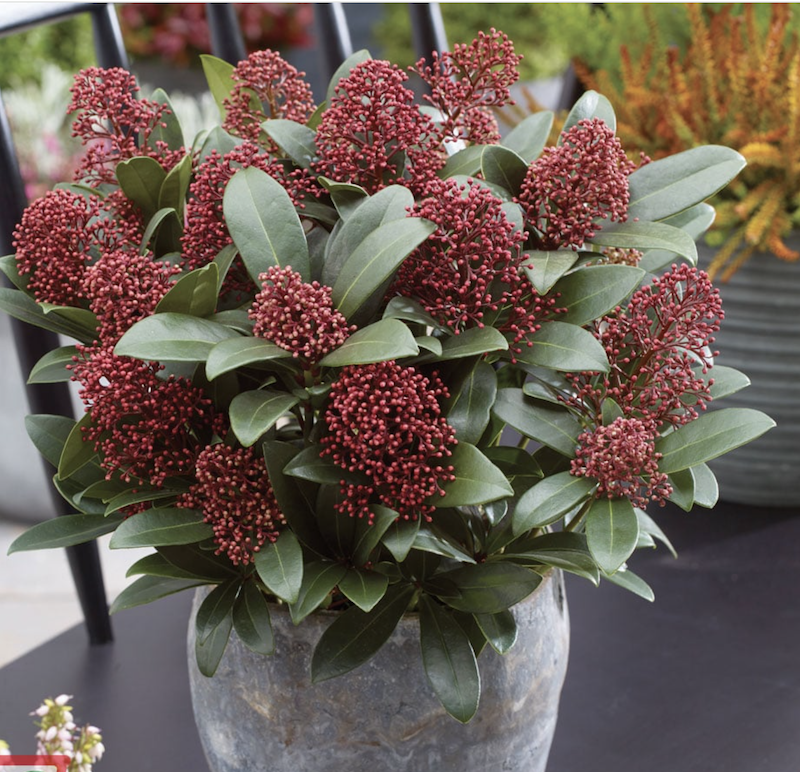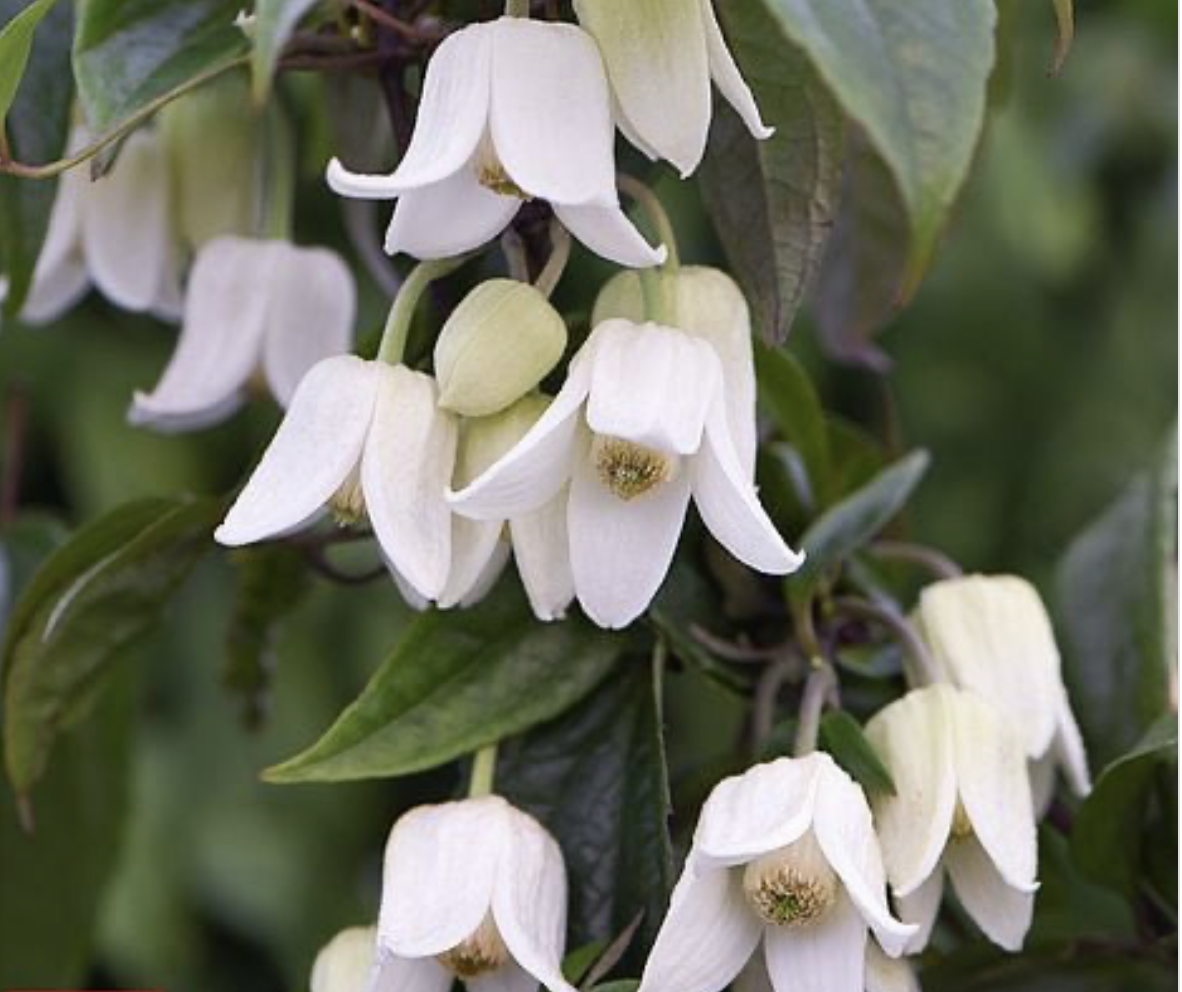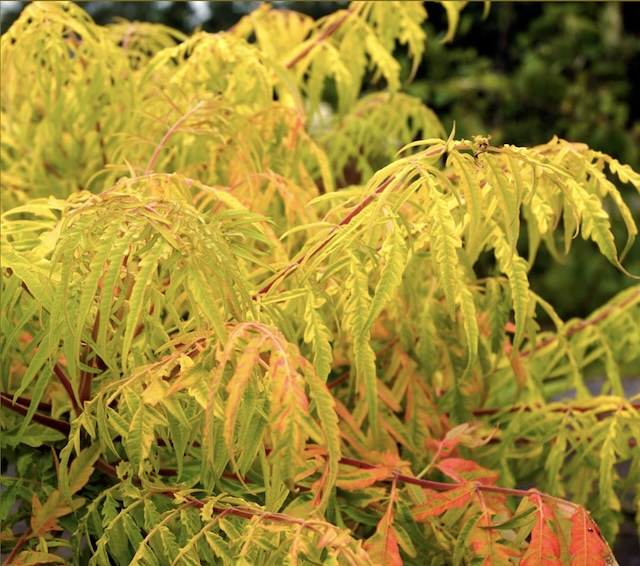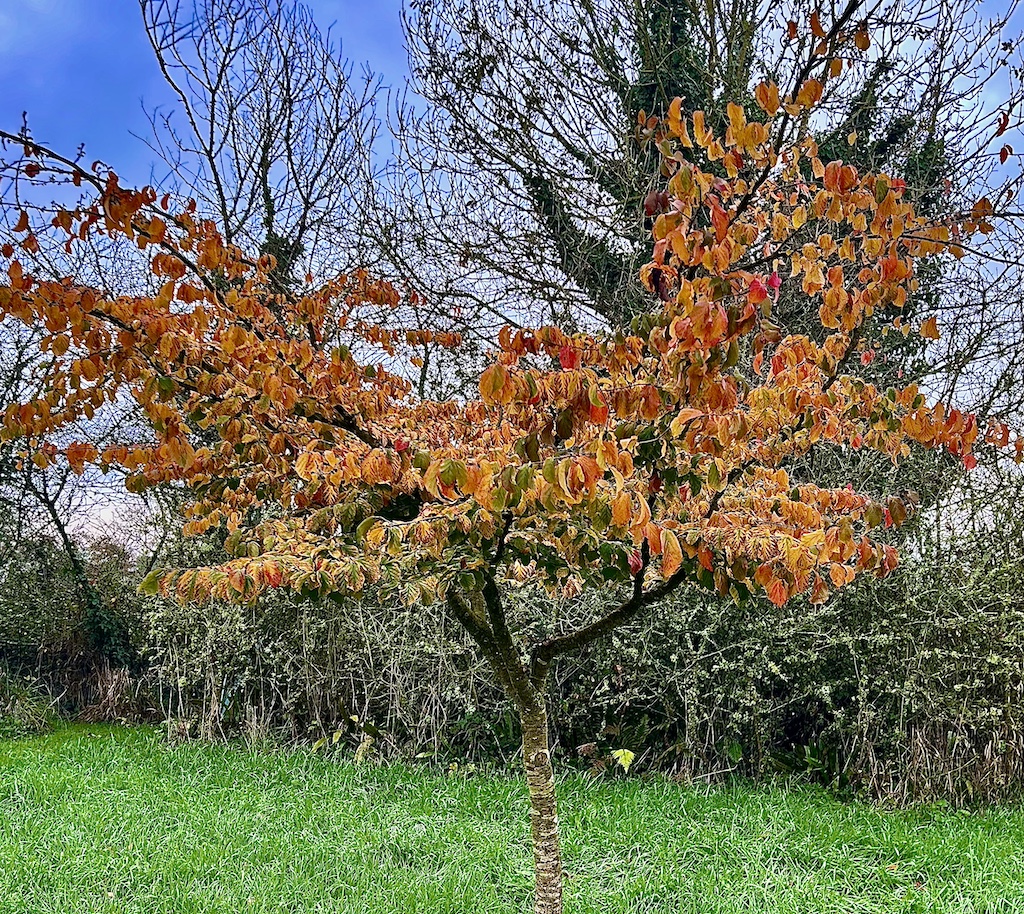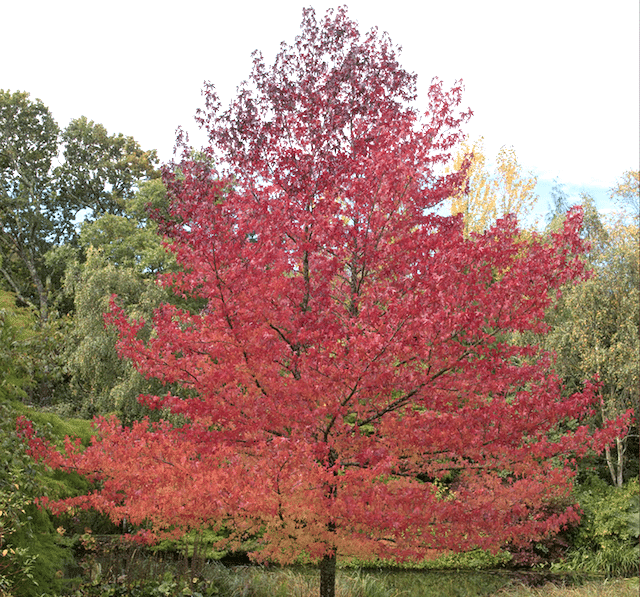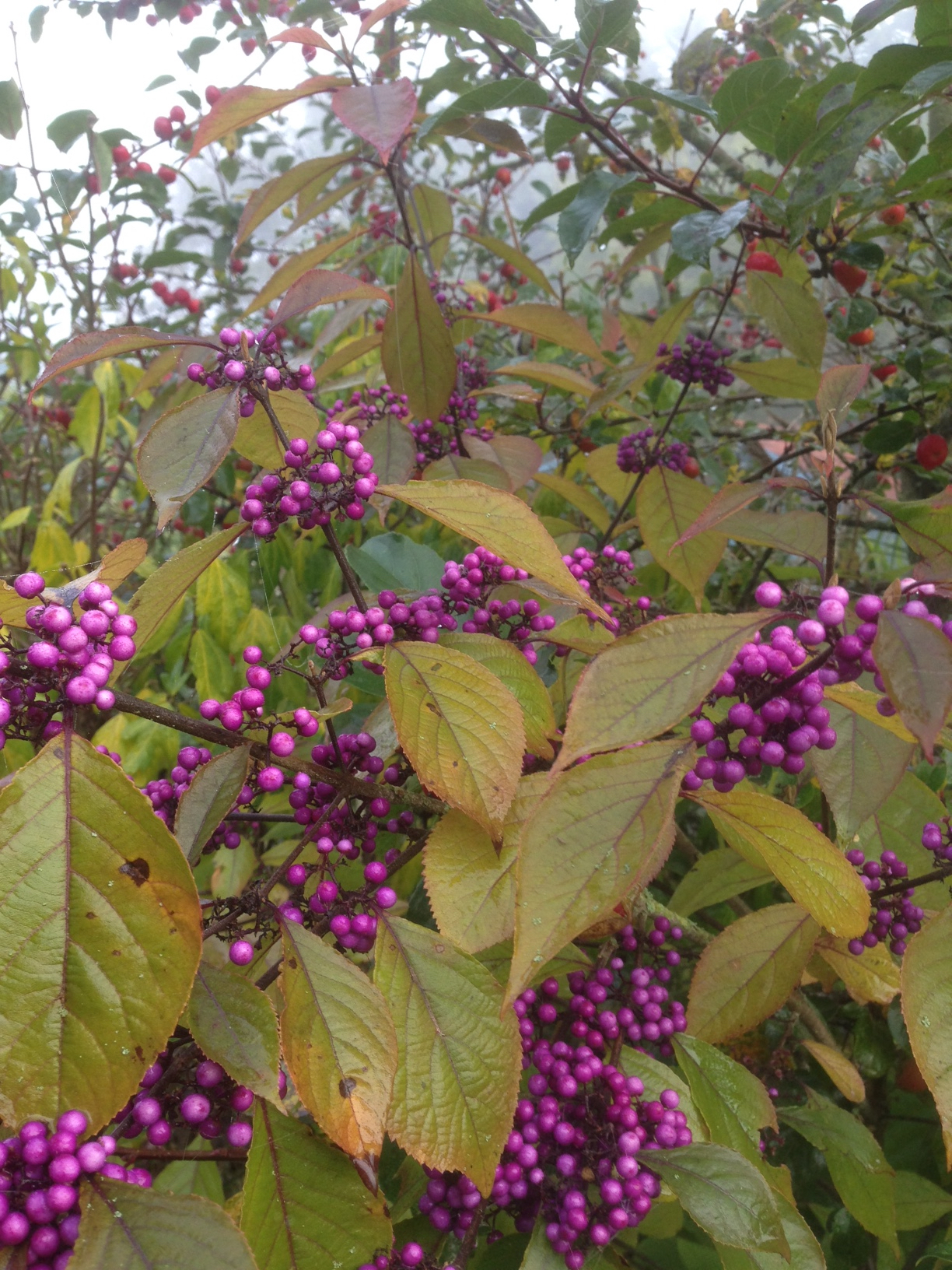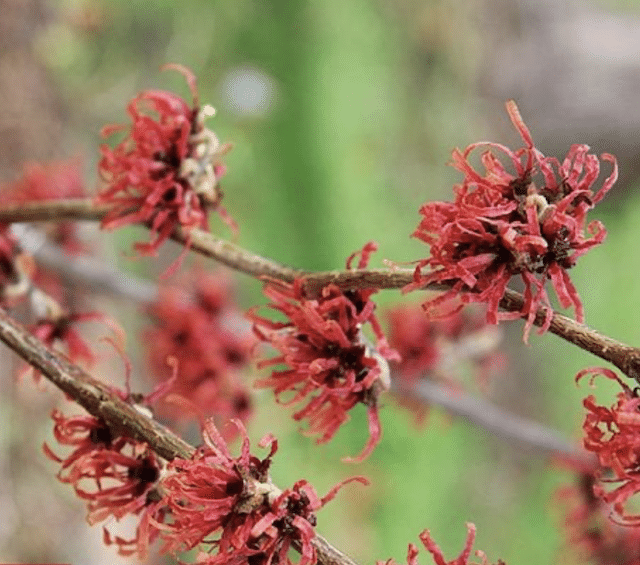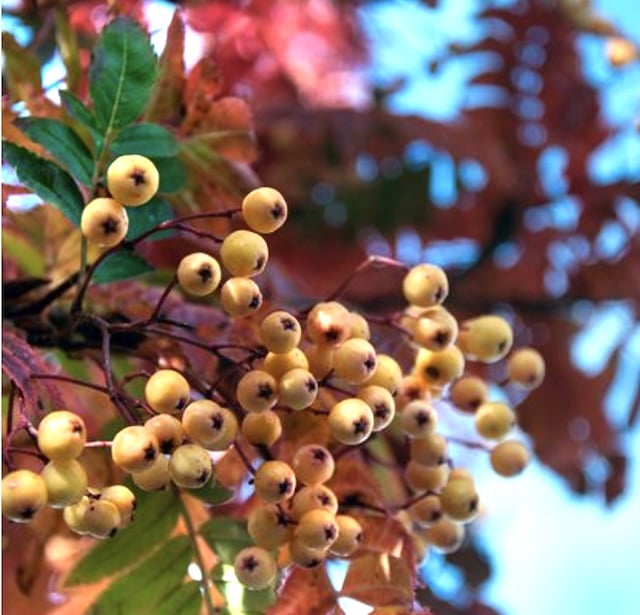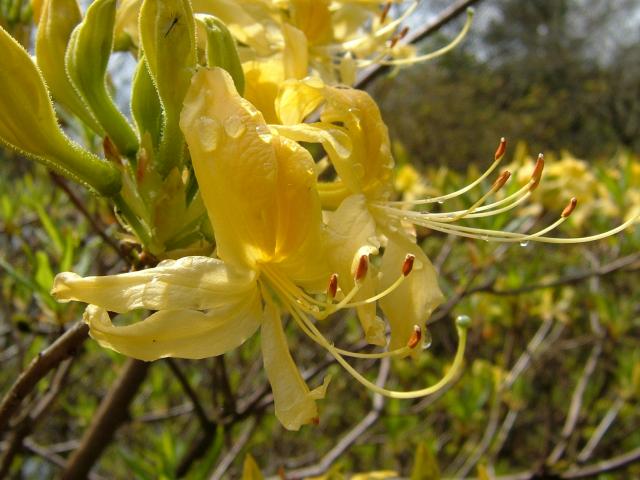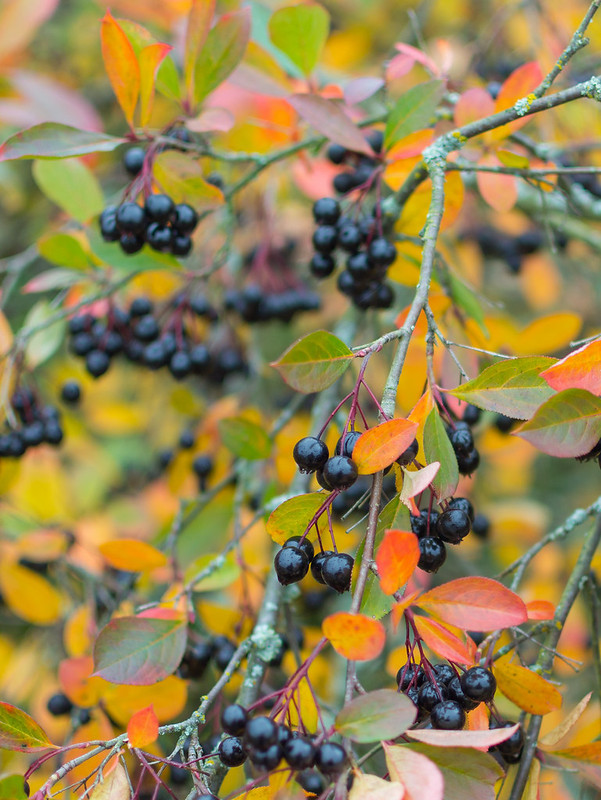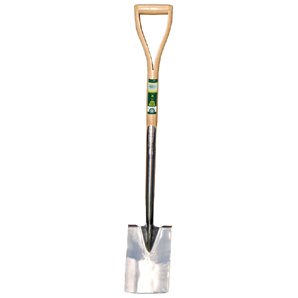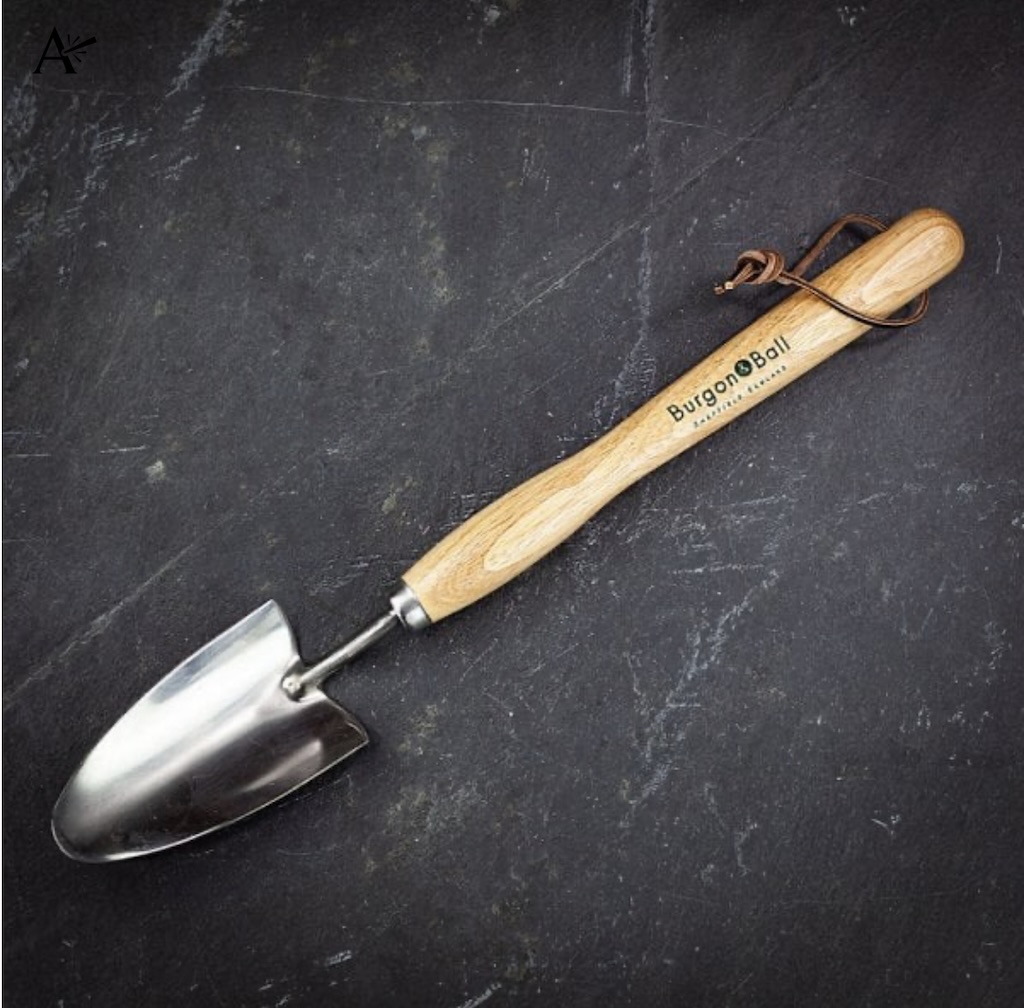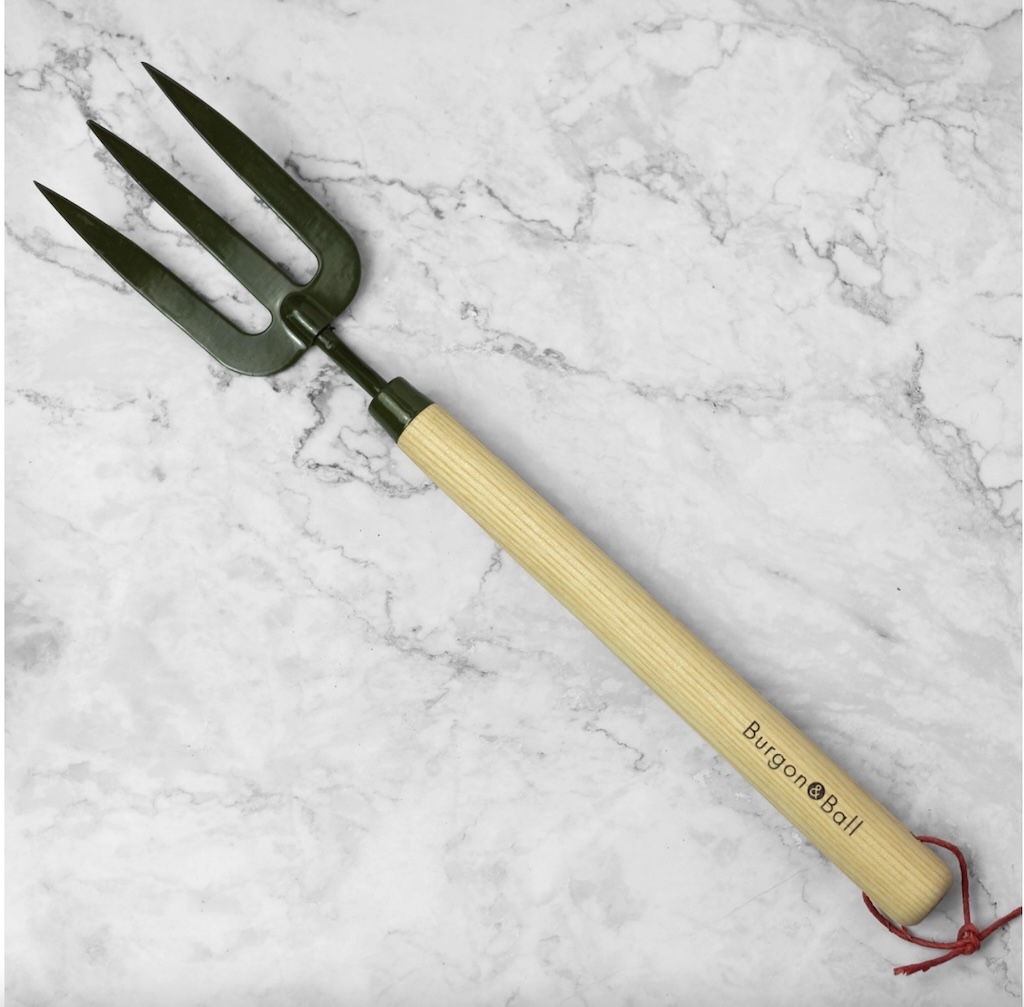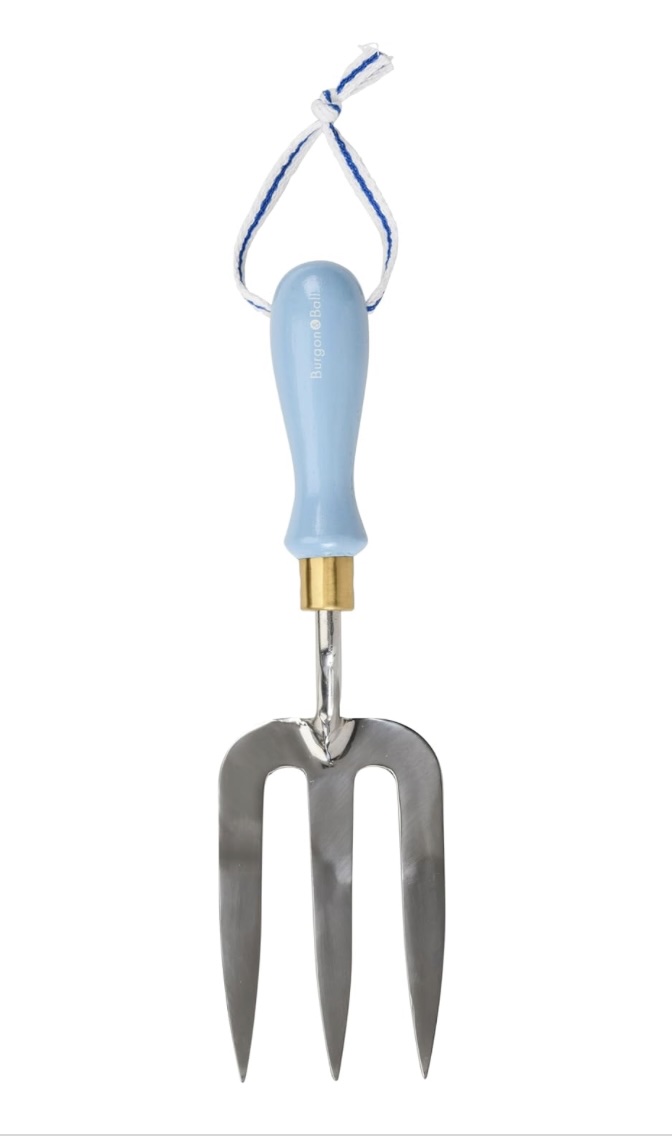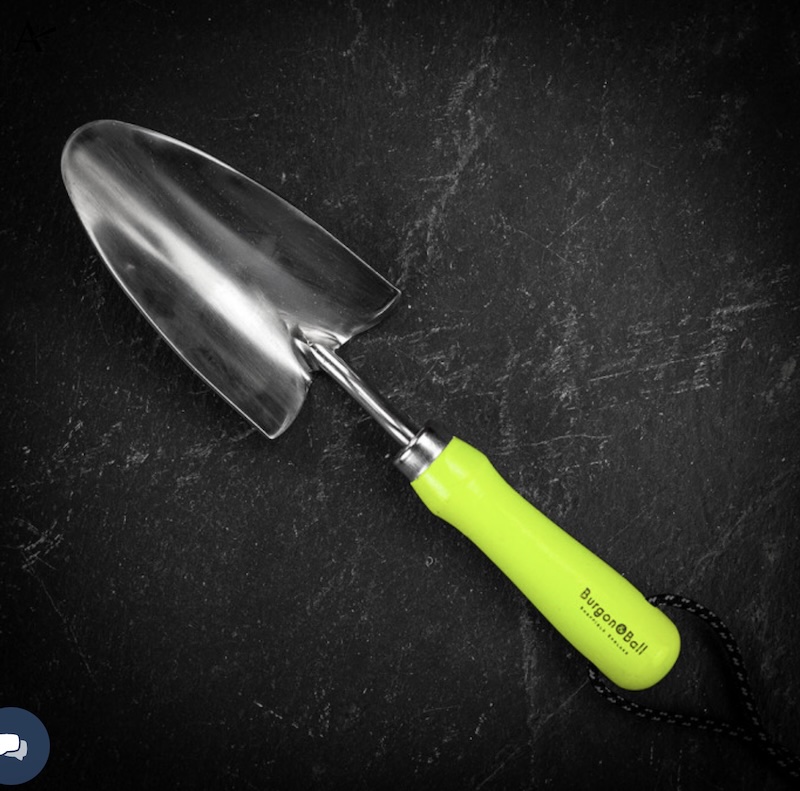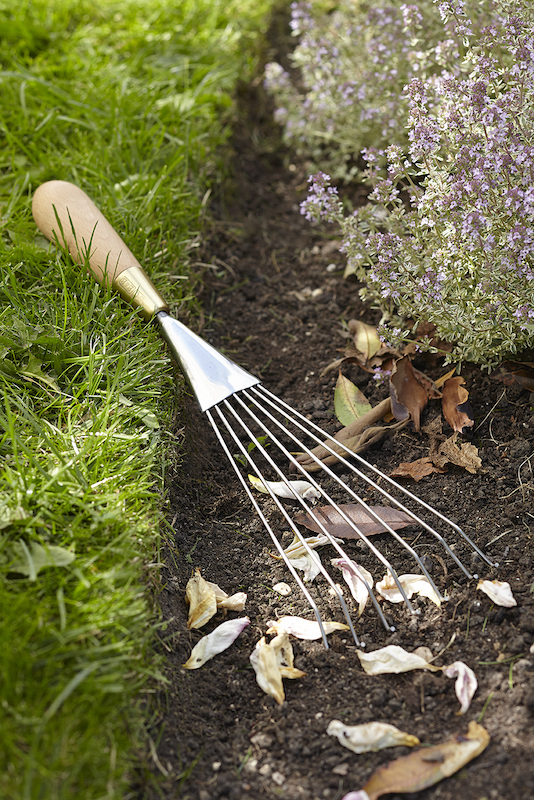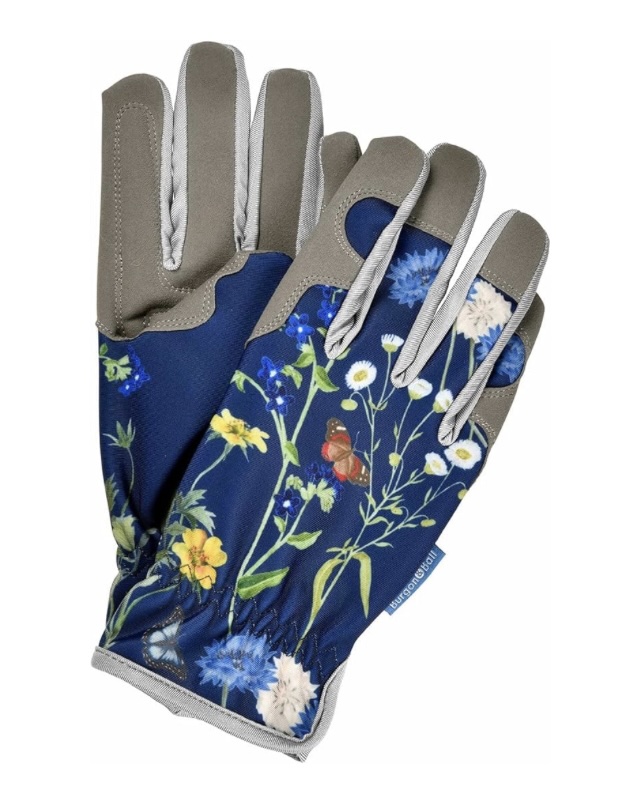
Having the right equipment definitely makes creating and maintaining a
This week’s offers
We’ve had a look around to see who has offers on their
This HAS to be a bargain. You've got tulips, crocuses, muscari, narcissus and more in here for under £15, and still time to plant them for a really good show in the spring.
100 bulbs and seven different named types of allium for under £15? That's a bargain! You've got to scoop up these end of season offers. Alliums will come up every year so you're going to get a great return on your investment!
Already looking forward to waving goodbye to winter? YouGarden are offering 100 mixed miniature daffodil bulbs for under £15, to get your spring off to a great start. So pretty in a small garden or rockery. Ideal for Caroline's windy patch in the Highlands too!
You'll all know people who wear Genus gardenwear. They tend to look smug. We all own Genus trousers and score them 10/10.
Use this link and this code to get 15% off ANYTHING in their shop 3BAGS15
Get £5 off when you spend £30 or more on all seed mixes, straights, suet, feeders and everything else for garden birds too! Free delivery applies to all orders over £25 or 12.75kg.
Capture rainwater efficiently even in the smallest gardens with this space-saving 100L water butt. Perfect for patios, balconies, and discreet placement.
Made from recycled plastic and a pretty good price until the end of the year.
Crocus bulbs to buy now
It’s a bit early to plant tulips, and snowdrops are best planted ‘in the green’ after flowering rather than as dry bulbs, but now is a perfect time to get crocuses in for the spring.
They are our first blast of dazzling colour after the muted hues of winter. Here are some of our recommendations…
Crocus olivieri subsp. balansae 'Orange Monarch' is a little different from your average Crocus. The goblet-shaped, orange blooms are streaked with tawny brown markings on the outside of each petal, creating an intriguing marbled effect.
In Laura's view you just can't go wrong with Crocus Tommasinianus and it is a great coloniser. The first buying choice is from Peter Nyssen who are the creme de la creme when it comes to quality bulbs
Another favourite of Laura's, this is a pure white crocus. 'Snow bunting' makes a wonderful contrast to the green of the grass when planted in the lawn. A Heirloom Crocus classified in 1939. First buying choice is from Peter Nyssen - the creme de la creme when it comes to quality bulbs
If you're simply looking for a blaze of colour, any colour, in early spring, this is for you.
A pot-pourri of purple, yellow and white, this looks a great crocus collection - and they're so easy to plant!
We’re also tempted to buy…
Are you thinking about how to lift your horticultural spirits during the winter? Yes we are too, so we’re tempted by these.
Lonicera Fragrantissima is a winter-flowering shrub that provides a wonderful scent when other plants have faded and died away. It flowers between December and March, often followed by pale red berries that provide a good source of food for wildlife and birds.
Foliage is rich green with purple tones, although the branches of this variety are quite sparse. Height 150-200cm; spread 250-300cm. Supplied in a 3 litre pot.
A wonderfully easy and rewarding evergreen shrub. Happy in the ground or in a shady pot by your door, it produces festively crimson flower buds as you run up to Christmas and its flowers then send out a truly gorgeous and powerful scent in the spring.
Evergreen and a real winner, particularly for beginner gardeners
This lovely winter clematis will be perfect in a sunny border to add some extra height. It might appreciate a little shelter for winter protection and is ideal for a conservatory or greenhouse.
'Old man’s beard' as it is also known, loves climbing, so make sure you let it loose on an obelisk, climbing frame, wire or structure. Height: 4m (13'). Spread: 1.2m (4'). Pruning Group: 1.
Best trees and shrubs for autumn colour
Getting a burst of colour in autumn, doubles the value of any tree or shrub. Here are our top recommendations for autumn colour.
Probably the most spectacular small tree for autumn colour but be aware...Rhus typhina tends to send out suckers. Just keep on top of that and you'll be fine. It's jolly hardy and doesn't grow enormous.
A very popular little tree
The large, deeply veined oval leaves of this tree are dark red/purple tinted when young, maturing to glossy green then turning rich shades of orange and wine red in the autumn.
In late winter, before the foliage emerges, it also bears clusters of unusual, spidery, crimson flowers because it is closely related to hamamelis (witch hazel).
Magnificent for a larger garden this is a fabulous centrepiece tree - beautiful in shape and gorgeous particularly in autumn.
Try not to put it in a very gusty location (its branches can be a bit brittle according to Elaine) but this has the 'presence' to be a real landmark tree in a planned garden.
A tree that was popular even in medieval times, a Medlar definitely has olde worlde charm; fascinatingly shaped fruits and autumn colour that has real class.
More interesting, you might think, than trees that simply blaze a single hue of red or yellow.
We all have this smashing shrub in our gardens - even Caroline in the Scottish Highlands because it's remarkably hardy and it's happy in most soils/aspects.
Its well-behaved and its purple berries in late autumn really have to be seen to be believed. A real joy!
Hamamelis are proper cheer-leaders. They brighten up late winter with their rich russet or yellow blooms straight from their branches and in the autumn, varieties like this one, 'Diane', produce really stunningly vibrant leaves.
They deliver proper value for your investment!
Fragrant white bottlebrush flowers early in the year on this unusual deciduous shrub are a total delight to Laura. The broadly rounded leaves of Fothergilla major are its most striking feature as Autumn turns them to glowing shades of fiery red and orange.
Ideal for small gardens this gorgeous Sorbus (or Rowan) is a hardy, deciduous tree with creamy white flowers in spring and autumn foliage of reds, oranges and purples, plus clusters of pale yellow to amber berries that last into winter.
Furthermore rowans are reputed to keep witches away - every garden should have one!
Known variously as rhododendron or azalea luteum, this deciduous shrub has addictively perfumed yellow blooms in spring and finishes off with fiery coloured foliage at the end of the year. It loves a sunny position and an acid soil. It likes to be dampish and really would be very happy in a slightly woodlandy setting.
It makes it sound fussy but it's really not!
For some reason Thompson & Morgan don't really tell you much about the stunning autumn colour of these shrubs, or that they like an acid soil, but both are true.
We can vouch for the following:
Flowers - lovely
Berries - lovely
Autumn colour - lovely
and it's as hardy as anything.
Digging tools
Let’s face it – spades, forks and trowels are the backbone of British gardens (even if you’re a no-dig convert, you still need a spade!) Here are our top picks, each recommended for a specific reason.
Light, strong, agile, this is the Rolls Royce of border spades. Basically it's Elaine's third arm. You won't use any other spade once you have it. Very highly recommended.
These pointed Burgon and Ball perennial spades are absolutely perfect for splitting perennials, and also our go-to for digging or weeding.
You'll see the BBC Gardener's World team use them regularly for good reason.
This is a high quality tool. With a deeper bowl to hold more earth, and a longer handle, this trowel is a real 'back-saver' when trying to stretch to that awkward spot at the back of the border.
Like the mid handled trowel this is really excellent for reaching awkward spots without killing your back or toppling into your herbaceous border.
The tines of this are powder coated in a rather fabulous green.
Very nice to handle.
This is a classic hand fork, and beautifully made with a brass ferule between the tines and handle.
It's built to last and we absolutely love the colour of the handle - it feels timeless and soothing. Just right for pottering in your garden.
No more losing your trowel in the undergrowth.
This well-made, tough trowel is for those of us who endlessly plod about looking for where we last left our trowel.
Its fluorescent handle stands out a mile.
Hand rakes
Really useful in autumn and spring for tidying up beneath low-growing shrubs and plants. We’ve tried both of these – both very good but the Sophie Conran one is best for a gift – comes beautifully presented
A really superior hand rake with lovely fine tines and little bobbly bits at the end to protect delicate plants.
It's beautifully designed by Sophie Conran with a solid brass ferrule joining the head and natural beech wood handle.
If you're buying a hand rake as a gift, choose this one as it comes beautifully presented. A practical and rather beautiful present.
This is the one Caroline uses in her Highland garden.
Very handy for getting under those low-growing bushes and shrubs. Leaves aren't deadly of course, but autumn and winter plants generally look so much better without an underskirt of debris. Very effective tool.
Gardening gloves
It’s essential to protect your hands from cuts, stings, cold and toxic sap. We can recommend these and remember – and of course, they’re easy to post if you need a gift for a gardener.
Just the job for everyday tasks and look lovely as well.
They're great value giving just the right amount of protection and 'feel' for even close work.
These are Elaine's absolute favourite. Soft, yet hard-wearing gloves with a wrist trap to secure a perfect fit. Perfect gloves for general jobs around the garden
Two of us have these very same gauntlets. They're tip-top for pruning roses, blackberries, holly, berries and other prickly or toxic plants.
We're loving the reviews and the price of these big, tough gloves. Designed for hard landscaping and the workshop
Pruning and lopping
If you’ve actually managed to get out into the
Japanese cutting tools are hard to beat and these secateurs, stocked by the legendary Niwaki, are considered the absolute best secateurs you can buy by Which? magazine.
We love the simplicity of the design - a classic look and brilliant performance.
Voted the best pair of shears by BBC Gardener's World magazine, these are very lightweight (less than 1kg) with long handles for extra reach.
These have a really impressive gearing system in their jaws. They slide through tough branches without needing physical force.
Very good value for money
Very positive 'chop' at the end of this extendable pole. No need for a ladder, this slices through tough branches way above you with just one short pull of a cord. A solid piece of kit.
Very impressive
Mini chainsaws
These are a game changer for every gardener, saving a huge amount of time spent with a hand-held pruning saw. Put yourself back in the driving seat, shaping, pruning and even felling small trees.
Voted the best mini chainsaw in a recent Telegraph article, Laura was able to corroborate, having recently bought one.
She reckons you could clear a small wood with this, it's a serious bit of kit as you would expect from Stihl.
Highly recommended.
A brilliantly priced mini chainsaw, this is Caroline's go-to for removing branches and giving the rosa rugosa its annual chop.
You'll honestly wonder how you ever kept your garden under control without one
This is the season for…
Tidying up the
This probably won't survive to be an heirloom, but at this price it's a cost effective way to deal with autumn leaves. Also handy to be able to store it with tines held together.
Gets great reviews on Amazon.
This long-handled leaf grabber could be just the thing if you have leaves to gather but also a dodgy back.
Ultra lightweight, its moulded grip handles open the large jaws for easy collection and disposal - no bending required!
You should really have some of this to hand from now on. The sudden minus-10 forecast often comes only hours before you need to get things wrapped up.
The cheaper fleece can tear easily. This stuff gets good reviews.
If you overwinter plants in your greenhouse, this is something to consider. Just set the thermostat to come on when temperatures dip towards that critical 'survival' point.





